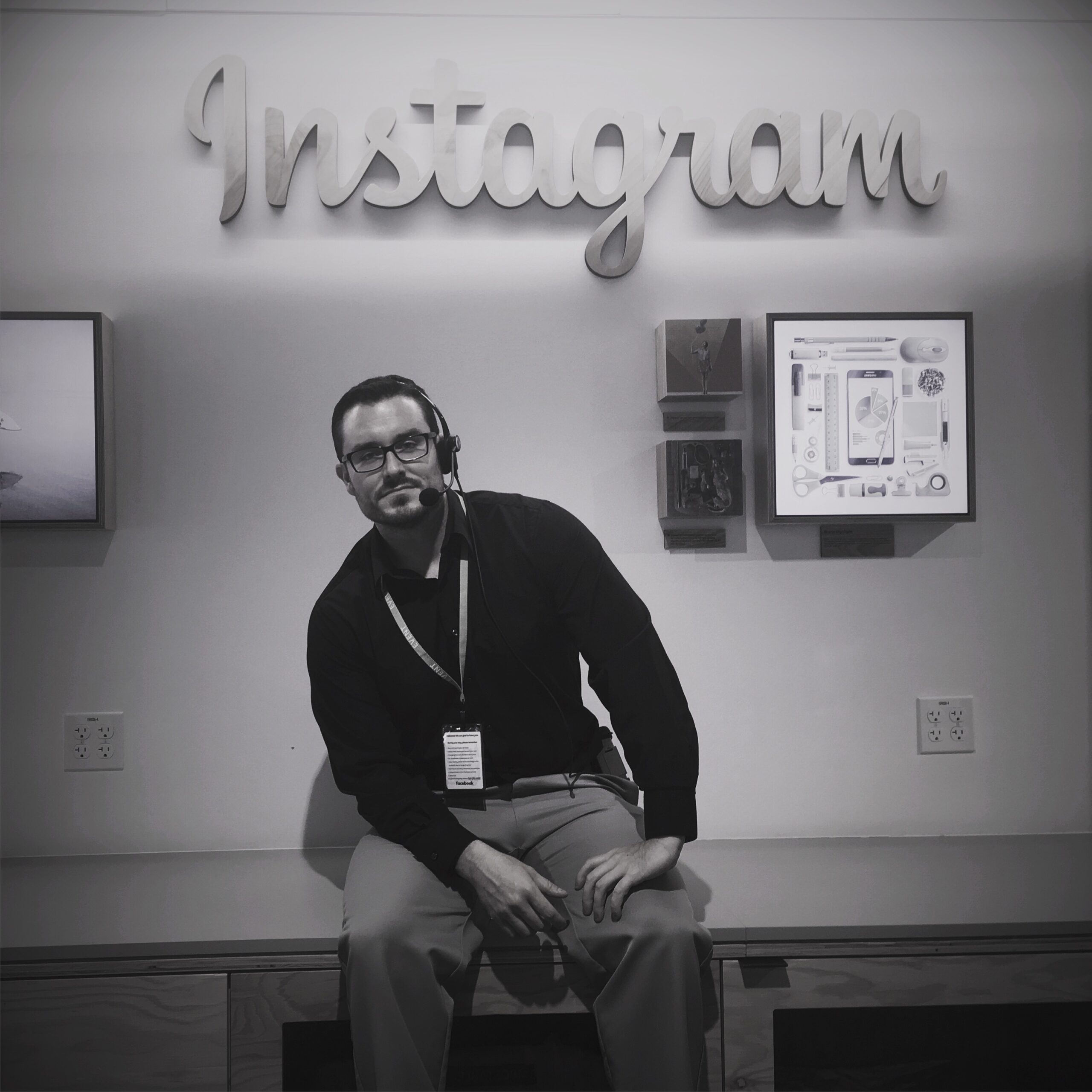The Hybrid Event Producer’s Blueprint: The Journey of Malone Media & The Event Nexus
How we went from the high-wire webcast era to today’s interactive hybrid events—and how that experience shapes a 2025 playbook you can use.
Once upon a time, before anyone was “going live” on social media, there was the webcast—an impressive, temperamental high-wire act.
Early webcasts demanded engineering wizardry: internet security could close the very ports needed for streaming, bandwidth was low or inconsistent, and maximum resolution was so limited that presenters needed 40+ point fonts in PowerPoint just to be readable. We tuned Flash, Windows Media Player, and Akamai servers to run in harmony—then crossed our fingers.
Sometimes the tech shifted under our feet. During a Microsoft event, browsers dropped support for Windows Media Player. Rather than pivot to Flash (a competitor), we switched the show—live—to Skype for Business and kept rolling. Back then, “live” often arrived on a several-minute delay, and audience interaction rarely went beyond a basic chat.
From Webcast to Real-Time Live
Everything changed with Facebook Live and YouTube Live. “Live” finally meant live—with engaging, frankly more fun features for creators and audiences alike. In fact, Facebook hired Malone Media to showcase its new Facebook Live for Companies & Entrepreneurs (born in Facebook Workplace) before it rolled out to everyone. We were producing brand livestreams before “go live” was common vocabulary.
The Hybrid Era
Today, the most accurate label is hybrid events: intentionally bridging the in-room audience and the virtual audience so both feel fully involved. Our productions merge technical precision—multi-camera switching, crystal-clear audio, platform optimization—with strategic storytelling that focuses on what audiences should feel, not just what they should see.
The Event Nexus: Our Creative Playground
The Event Nexus (launched under Malone Media) produces and markets training events for corporate communicators, PR pros, and marketers—our real-world R&D lab.
Why it matters: We test tools that clients may not yet understand or need, so when someone asks, “Have you used this in an event?” we can answer, “Yes—here’s how it enhanced the experience.” Proving technology on our own events first lets us bring practical, audience-focused upgrades back to client work.
And while that’s our current focus… hint, hint: we’re not stopping there. Bigger plans are in the pipeline—and we’ll be sharing more in the months ahead.
A 2025 Blueprint for Virtual & Hybrid Events
- Design for two audiences from the start. Don’t bolt on virtual; architect both in-room and remote experiences in the agenda.
- Prioritize engagement. Use moderated chat, Q&A, polls, lower-third prompts, and social integrations to keep attention active.
- Protect production quality. Audio first, always—then camera switching, graphics, redundancy, and bonded/backup connectivity.
- Plan for reuse. Turn live content into highlight reels, social shorts, internal training, and sales enablement assets.
- Measure & iterate. Track watch time, participation, conversion, and post-event content performance to guide the next run.
Left Brain + Right Brain
We’re equal parts engineering and story. The left brain handles logistics, switching, encoding, networking, and failover plans. The right brain crafts narrative arcs, visual language, and audience psychology. That balance is how we create events that not only look great, but also move the business forward.
Where We’re Headed
The line between “virtual” and “in-person” will keep fading. The winners will treat hybrid as a core strategy, not a contingency. We’ve been here since the webcast era—and we’re ready for what’s next.
Chicago | Jacksonville | Orlando • Malone Media — Where left brain meets right brain, and your audience meets your story.

